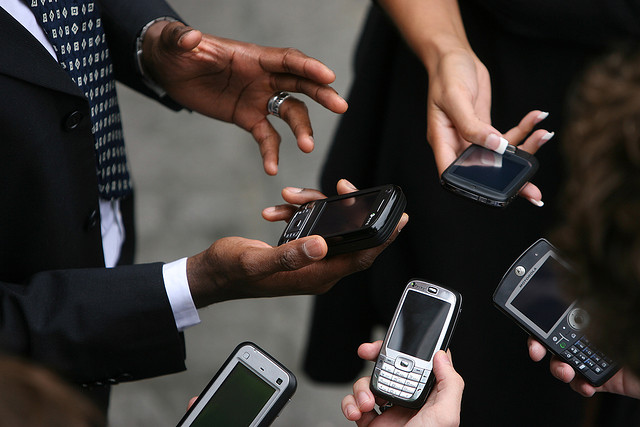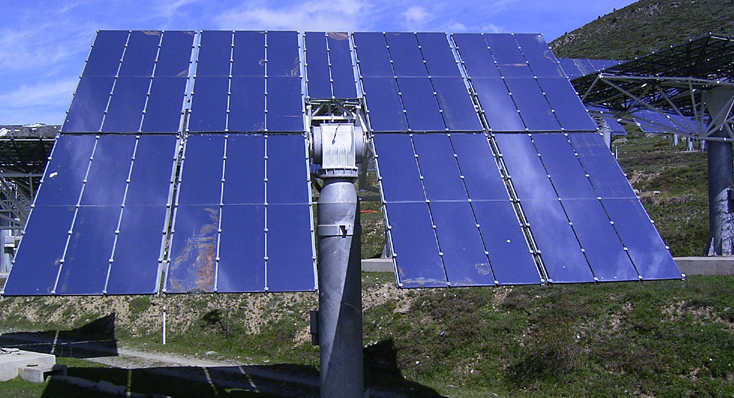
How often do you feel bummed after realizing that your phone battery’s already low when you least expected it? Well, we might not have to worry about that in the near future, because SunPartner Group, a French company that specializes in solar energy solutions, has recently proposed the use of a low cost transparent solar panel in a mobile phone.
The working principle of their transparent solar cell is very similar to the working principles of other already proposed transparent solar cells to date and would passively provide supplementary energy for the mobile phone. Though the idea is considered fundamental for transparent solar cells, the technique in fabricating one is however, quite different. This is because instead of using specialized composite materials, they will use ordinary thin-film cells cut very thinly into strips, spreading it throughout a transparent film, and then using tiny lenses to make it “disappear”. One complete transparent solar module is around 300 microns thick, and it will be installed either on top or on the bottom of the smartphone’s touchscreen layer.
SunPartner Group claims that this innovation is capable of extending the battery life of a standard smartphone by at least 20% (without tweaking the batteries of course). May not seem much, but that would still correspond to about 2-3 hours more, when we take current standard smartphone battery life into account. Oh, and we’re talking about a thin-film cell (that’s supposed to be largely inefficient compared to crystalline cells) that’s just as big as the smartphone’s screen.
The figure is most likely taken from a “regular user” standpoint, in situations that demand a considerable use of the phone’s battery. But then again, you’d save battery life anyway if it’s usually kept in your pocket, and just how often (or how long) do you use your smartphone in complete darkness?
According to the report, they are already showcasing their idea to potential interested manufacturers. In fact, the SunPartner Group has recently participated in the French Tech Tour, officially presenting their product and idea to the U.S. They are now working on completing licensing agreements for the technology, and they plan on making the first set of products that use it commercially available as early as 2014.
So, would this technology eventually be able to actually charge mobile devices? Using the exact same technology, most likely not. But who knows, this concept might just be the spark needed for another even better and more energy efficient mobile solar innovation.





Leave a Comment